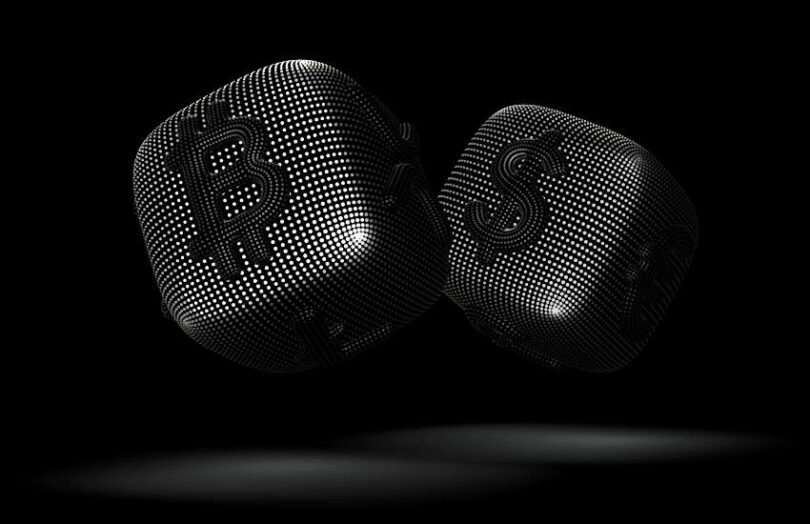This week, the Swiss National Bank held its Cryptoassets and Financial Innovation conference. A thought-provoking keynote explored whether fiat money could be challenged. If so, could it be usurped by gold, Bitcoin, some inflation-linked token or something else?
The talk was presented by economist Lawrence H. White, a Senior Fellow at George Mason University and a senior scholar at the Cato Institute. During the speech, he revealed he’d crossed paths with Hal Finney and Nick Szabo, who some believe are Satoshi Nakamoto, the creator of Bitcoin.
Central banks lack competition
With rampant inflation in the 70s, economists devised various proposals to address the issue. One was to impose constraints on central bank policymakers. Hayek observed the problem was a need for more competition. Initially, he suggested opening up economies to foreign fiat currencies, effectively creating competition between central banks. Later he proposed introducing private currencies, which probably would be designed to maintain purchasing power.
Today the major private currency contenders would be gold or Bitcoin. White observed that the way to retain purchasing power is to either commit to repurchase the currency at a fixed price or limit the supply, as is the case in Bitcoin.
While Bitcoin and gold are both inflation hedges, the supply mechanisms are very different. In the case of gold, if there is increased demand, higher prices will lead to more production or recycling of gold jewelry. That increases supply, which in turn moderates price over the long term. This was demonstrated with the gold standard. When the U.S. rejoined it in 1879 and departed in 1914, the price was 1% different.
In contrast, Bitcoin’s supply increases in a predefined way and does not respond to demand. Price inflation might engender more mining activity, but that does not produce more Bitcoins. “It’s not unfair to say that purchasing power volatility is built into the design,” said White. “And that’s a problem if you want it to be a commonly accepted medium of exchange.”
Could fiat currencies be usurped?
However, White sees a shift away from fiat currencies as unlikely, largely because of the network effect benefits of incumbents. The one caveat is runaway inflation, combined with a lack of an alternative fiat currency that is viewed as more stable. He gave examples of Argentinian and Zimbabwean citizens who spontaneously adopted the U.S. dollar.
“People aren’t going to put themselves on a gold standard or a Bitcoin standard unless there’s no good alternative,” said White. “Unless the dollar is just as unstable.”
Bitcoin’s advantage over gold is its censorship resistance. However, White believes it could be driven underground, as has happened in China. While that might not eliminate its usage, it prevents it from becoming a mainstream means of payment. Additionally, gold has a wider installed base (bullion, ETFs, jewelry) and its market capitalization is far higher. Hence, in the unlikely event that fiat currency fails, White would back gold over Bitcoin.
He highlighted some other blockchain alternatives. They include a so-called flatcoin linked to a price index, such as Ampleforth’s SPOT token, which has a market capitalization of less than $ 1 million. Another alternative is to have a cryptocurrency with an elastic supply, such as PraSaga (which White advises.) Prasaga isn’t trying to compete with Bitcoin, instead it focuses on industrial use cases.
White’s talk is well worth watching, along with other conference material.






